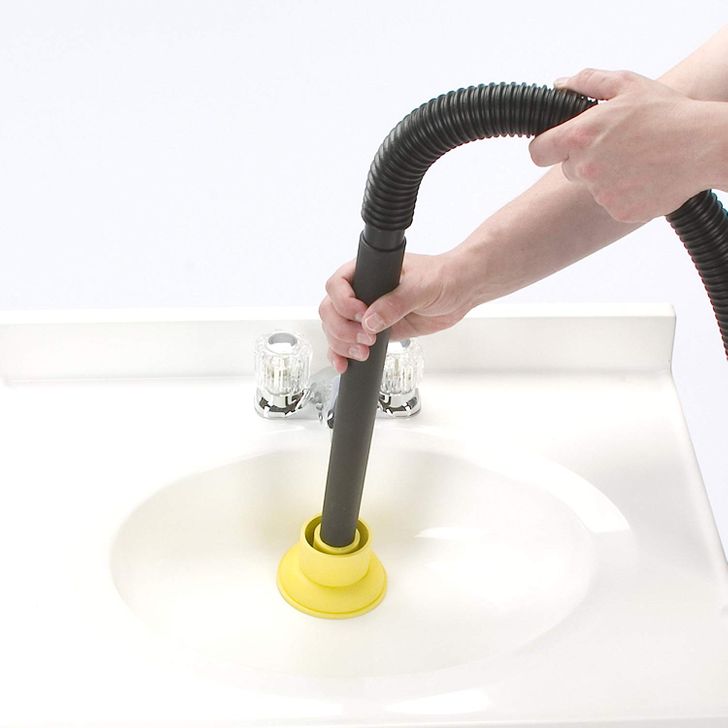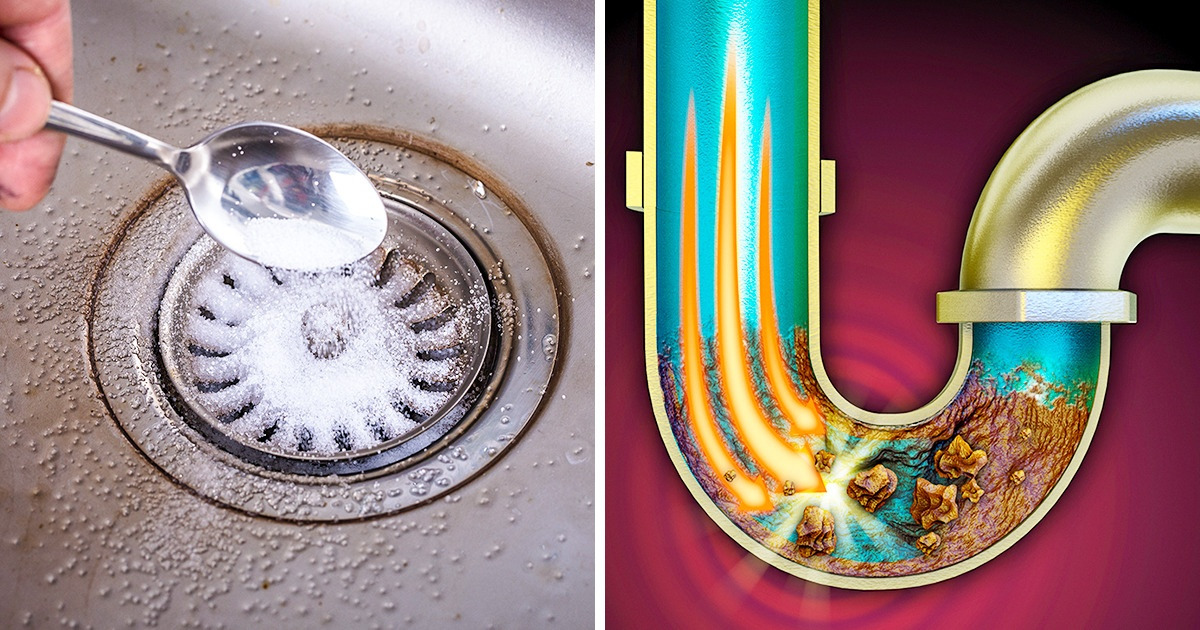Presented here in the next paragraph you can get lots of first-rate advice about What To Do When Your Kitchen Sink Won’t Drain.

It's not normal for your cooking area sink to block several times in one month. If your sink blocks twice a week, there's some difficulty going on.
An obstructed cooking area drain doesn't simply reduce your duties, it weakens your whole plumbing system, little by little. Here are some usual routines that encourage sink blockages, and also how to prevent them.
You require appropriate waste disposal
Reusing waste is terrific, but do you pay attention to your natural waste as well? Your kitchen must have 2 separate waste boxes; one for recyclable plastics and one more for organic waste, which can come to be compost.
Having actually an assigned trash can will certainly help you and also your household avoid tossing pasta and also other food residues down the drain. Commonly, these residues absorb dampness as well as end up being clogs.
Somebody tried to clean their hair in the cooking area sink
There's a correct time and area for whatever. The kitchen sink is simply not the best place to clean your hair. Washing your hair in the cooking area sink will make it clog eventually unless you use a drain catcher.
While a drainpipe catcher may catch most of the results, some strands might still make it through. If you have thick hair, this may be enough to reduce your drainage and also eventually create a blockage.
You're tossing coffee down the tubes
Made use of coffee grounds and also coffee beans still take in a substantial amount of dampness. They might seem tiny sufficient to throw down the drainpipe, however as time takes place they begin to swell and also take up even more space.
Your coffee grounds need to enter into organic waste disposal. Whatever portion leaves (probably while you're washing up) will certainly be taken care of throughout your month-to-month clean-up.
You have actually been consuming a lot of greasy foods
Your cooking area sink might still obtain blocked despite having organic waste disposal. This might be because you have a diet plan abundant in greasy foods like cheeseburgers.
This grease layers the insides of pipelines, making them narrower and more clog-prone.
Your pipeline wasn't repaired effectively in the first place
If you've been doing none of the above, yet still obtain normal clogs in your kitchen area sink, you should certainly call a plumber. There could be a problem with just how your pipes were installed.
While your plumber shows up, look for any leaks or irregularities around your kitchen area pipelines. Do not attempt to repair the pipes yourself. This may trigger a crash or a cooking area flooding.
There's more dirt than your pipelines can deal with
If you obtain fruits straight from a ranch, you might notice more kitchen area dust than other people that shop from a shopping center. You can quickly repair this by cleansing the fruits and also veggies properly before bringing them right into your house.
Melt the sludge
The mistake isn't from your cooking area sink in all
Possibly the trouble isn't from your cooking area sink, yet the entire water drainage system. In such an instance, you might observe that other sinks as well as drains get clogged every other week. You require a specialist plumbing solution to repair this.
My Kitchen Sink Won’t Drain - What Should I Do?
If Your Sink Has a Garbage Disposal...
Turn on the disposal. If the disposal hums and doesn’t turn, then there’s clog in the disposal unit. Go to your circuit breaker panel, and switch off the circuit breaker to your garbage disposal. Back in your kitchen, double-check that your garbage disposal is off by trying to turn it on. The disposal should not move, and it should not make any noise. Lie down underneath your sink so that you can see and access the bottom of the disposal unit. Look for a hole that looks like the head of a hex-head bolt in the center of the unit. Place an Allen wrench inside this hole and turn it from side to side until you feel a decrease in resistance and are able to rotate the wrench completely in a single direction. This action rotates your disposal’s blade manually. Put the wrench aside, and press the disposal unit’s reset button or switch. Flip your garbage disposal’s circuit breaker switch back on, and turn on the unit to see if the obstruction has cleared. If it hasn’t, repeat the steps above until the obstruction is removed. How to Unclog a Kitchen Sink Drain
If you have a double bowl sink, seal one side of the sink with an airtight lid or a second plunger before plunging the other side. Otherwise, you won’t be able to create adequate suction. Place the cup of the plunger completely over the drain opening. Turn on the faucet, and let the water run until it completely covers the cup of the plunger. Start plunging by pushing the plunger down and pulling up again in order to build up suction. Make sure that the edges of the plunger stay in contact with your sink, or else you’ll lose the suction. If you have trouble forming a seal between your sink and plunger, add petroleum jelly to the mouth of your plunger, and try again. Plunge about five or six times before removing the plunger to see if water starts to drain properly. In some cases, you’ll even be able to feel the clog become dislodged while you plunge because suddenly there will be much less resistance. Repeat the plunging process until the clog clears. Once water is draining properly again, run hot water down the drain for 5 minutes to help clear away grease, grime, and debris from the clog. https://www.plumbingjoint.com/blog/2019/august/my-kitchen-sink-won-t-drain-what-should-i-do-/

As a serious reader on Five Ways to Fix a Slow Sink Drain, I figured sharing that excerpt was worthwhile. Are you aware of somebody who is looking into the subject? Be sure promote it. I thank you for reading our article about Five Ways to Fix a Slow Sink Drain.
Click Here To Read More